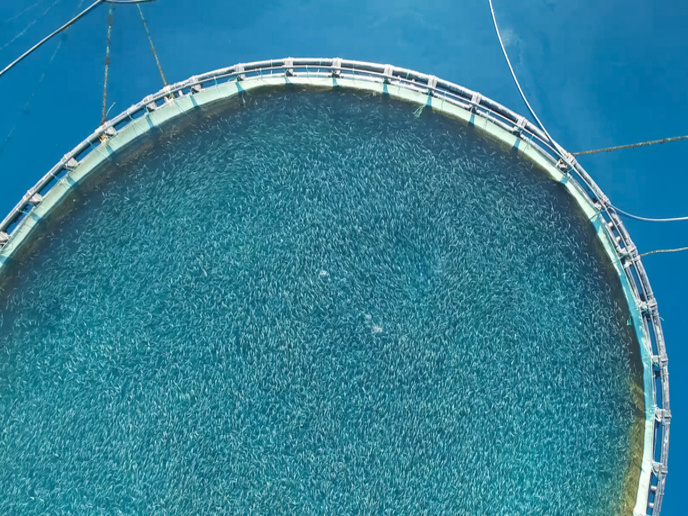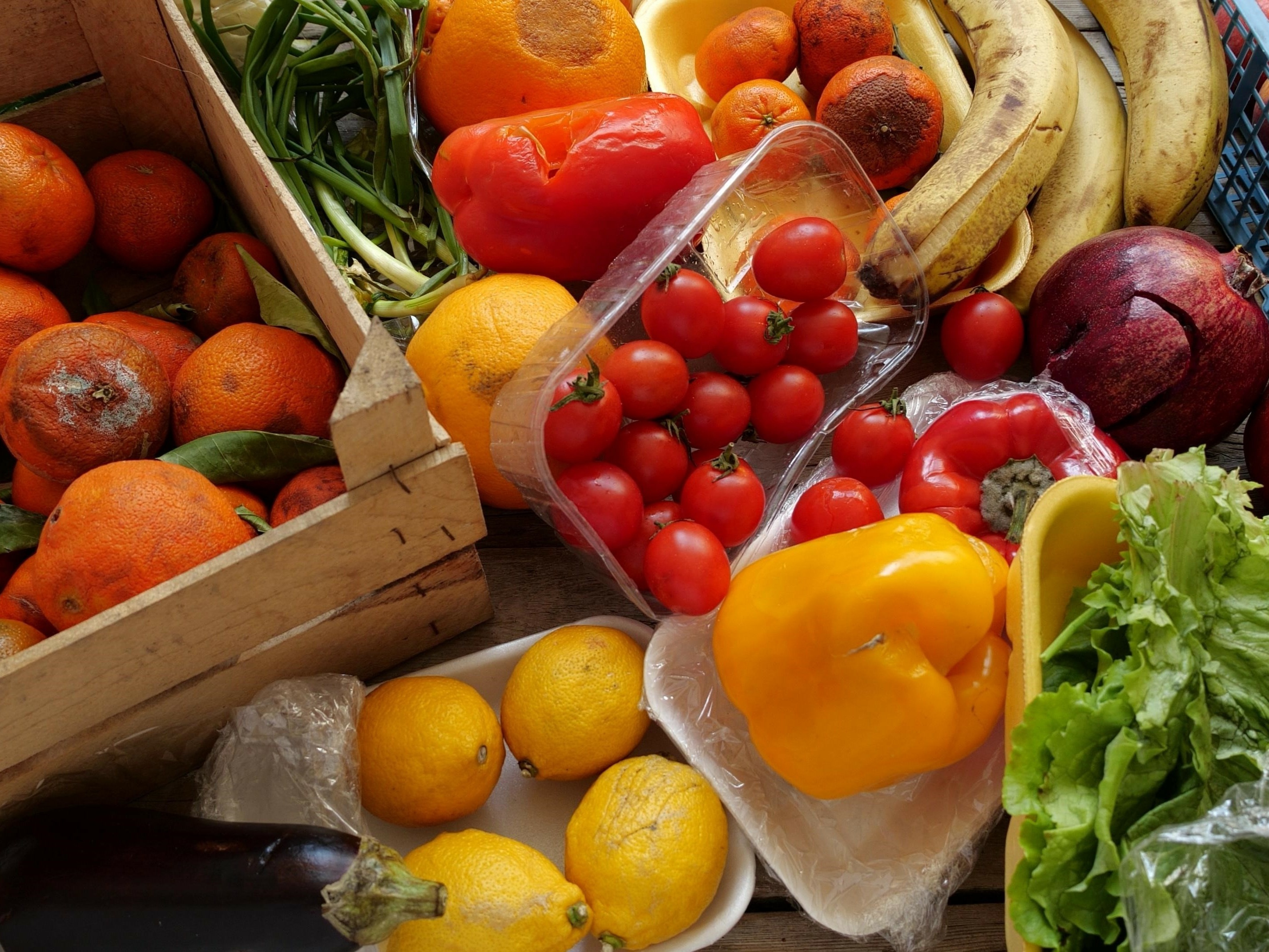Sustainably sourced biodegradable growing media for hydroponic cultivation of greenhouse crops
Hydroponics is a technique for growing plants in a water-based, nutrient-rich solution. This approach does not use soil; instead, the root system is supported through an inert medium like stone wool. However, this particular material is not biodegradable. The EU-funded MOSSWOOL project developed a sustainable and cost-effective way to manufacture hydroponics growing media as a sustainable and compostable replacement for stone wool. Hydroponic growing media is simply a soil-less material that is generally porous so it can hold moisture and oxygen, which the root system needs in order to grow.
A compostable alternative
Stone wool currently has the largest share of the market as a growing medium for the hydroponic cultivation of vegetable crops. After around 1 year, the material becomes a waste material that does not burn or decompose. However, according to EU regulations, stone wool filled with a living root mass must not be dumped in landfill. Hence, there is growing need for a sustainable, compostable alternative to stone wool and other mineral-based media. “Some greenhouse growers have already switched to coconut coir-based materials, despite their harmful environmental impact during manufacture,” notes Teppo Rantanen, MOSSWOOL project coordinator and managing director of Finnish SME Novarbo. The company addressed this challenge by developing the Mosswool® ‘growing slab’, which acts as a drop-in sustainable replacement for stone wool. “The Mosswool® slab is made of rapidly renewable sphagnum moss, which can be easily locally composted with the crop residues or recycled after use, which minimises disposal costs,” Rantanen explains.
Sustainable harvesting
Sphagnum moss grows on top of peat bogs and is harvested while it is alive and then dried for commercial uses. MOSSWOOL developed a special patented Light Sphagnum Removal technique that harvests only a part of the living moss, pressing out the water contained in the moss and returning it back to the bog’s natural habitat. The surface of the bog is not skimmed bare, so plenty of spores remain to regrow new moss. To enhance the growing process, auxiliary buds regrow from the remaining layers. Thus, the regrowth takes place both at the surface by spores and from the remaining moss layer via buds. According to Rantanen, the sphagnum moss is harvested in EU countries using the new technique, which skims only a top layer of moss. “The ecological and hydrological balance of the bogs is preserved, and they return to their former state within 3 years,” he adds. Patented manufacturing techniques are then used to fabricate the Mosswool® slabs. Researchers carried out performance tests on the slabs in non-commercial testing greenhouses and commercial greenhouses. “Feedback from customers has been very positive. Furthermore, a demonstration-scale Mosswool® manufacturing plant has been successfully designed and is under construction,” Rantanen says. MOSSWOOL will benefit consumers, retailers, growers and the environment.
Keywords
MOSSWOOL, moss, stone wool, sphagnum, growing media, hydroponics, biodegradable







